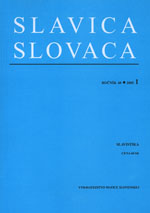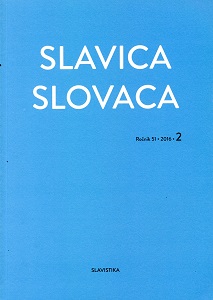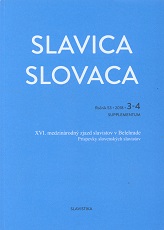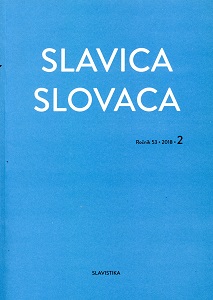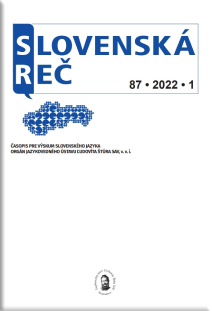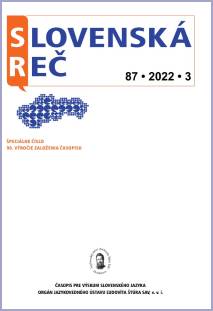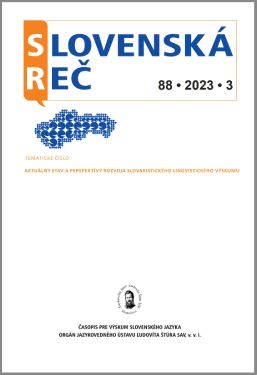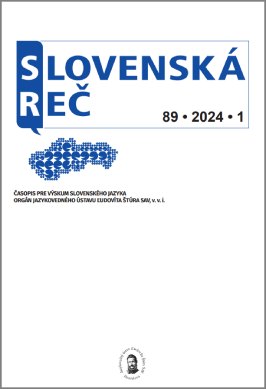Author(s): Martin Ološtiak,Jana Wachtarczyková,Marián Gladiš / Language(s): Slovak
Issue: 3/2022
The paper aims at introducing the history of the oldest linguistic journal in Slovakia, Slovenská reč (‘Slovak Language’). The paper gives an overview of organizational, institutional and linguistic metamorphoses of the journal. Founded in 1932, as a reaction to the linguistic situation of that time characterized by the huge influence of the Czech language on Slovak public discourse (mainly in mass media and administration). Later, the focus of Slovenská reč was modified several times with an emphasis on language culture, education and predominantly on the study of the Slovak language from various points of view. The scope of the journal has been broad, including phonetics and phonology, morphology, syntax, lexicology, lexicography, phraseology, terminology, word-formation, morphemics, stylistics, onomastics, dialectology, etymology, translation studies, linguodidactics, theory of standard language, sociolinguistics, psycholinguistics, pragmalinguistics, as well as the study of the history of the Slovak language and Slovak linguistics. During the entire period, Slovenská reč has been reflecting the development of Slovak linguistics and the life of a Slovak linguistic community, in the form of articles, discussions, book reviews, reports and other genres, thus giving evidence that the history of Slovenská reč has been a fundamental part of the history of Slovak linguistics from 1932 to the present.
More...
